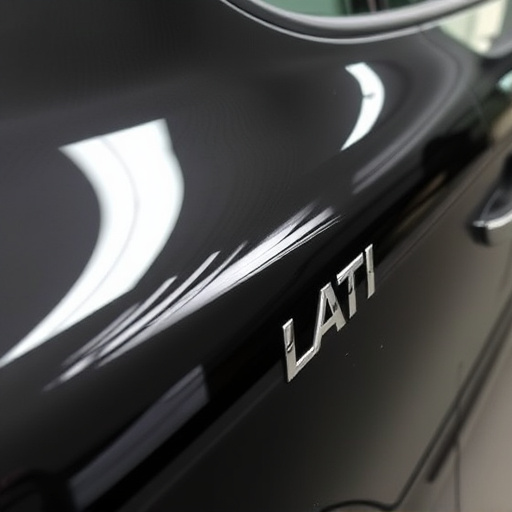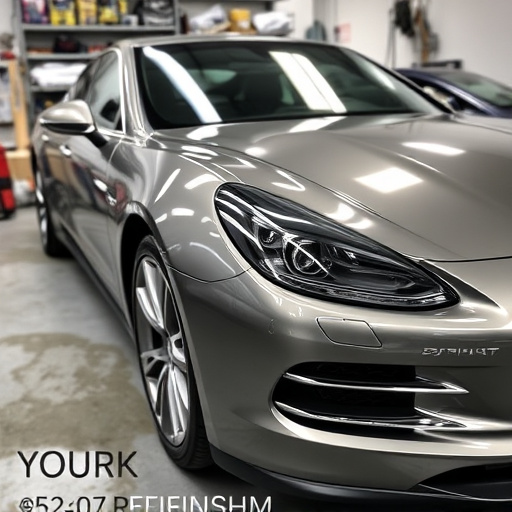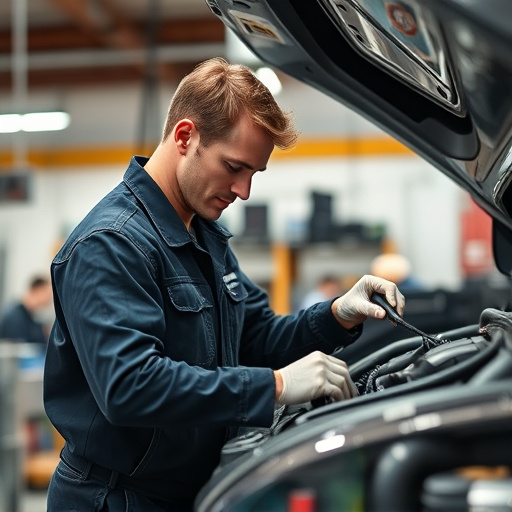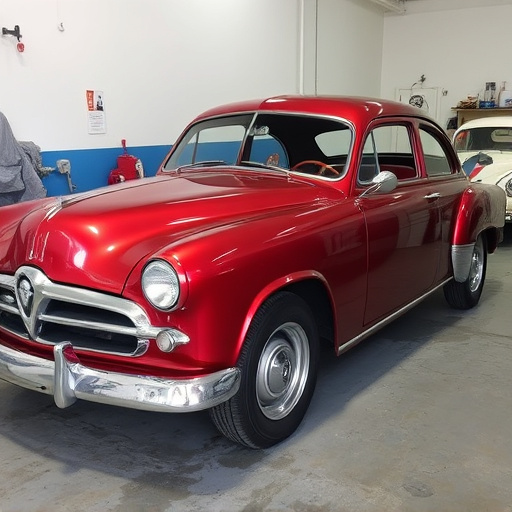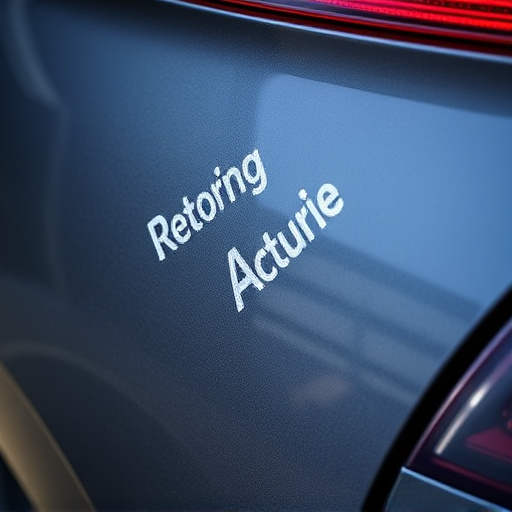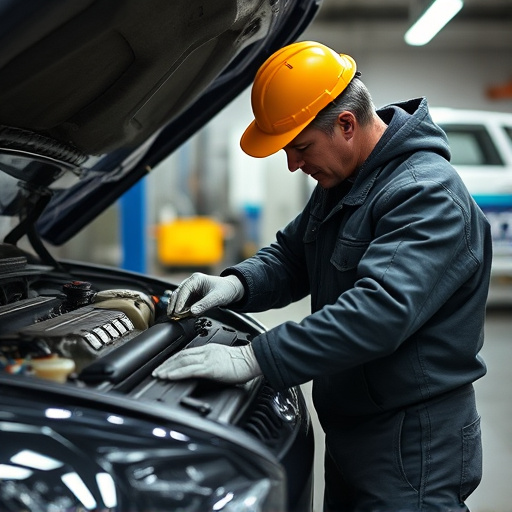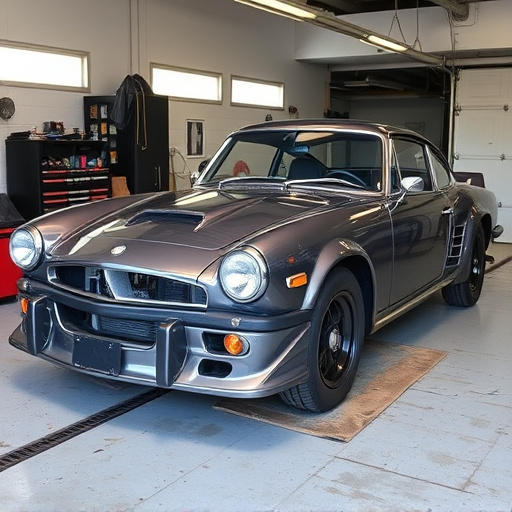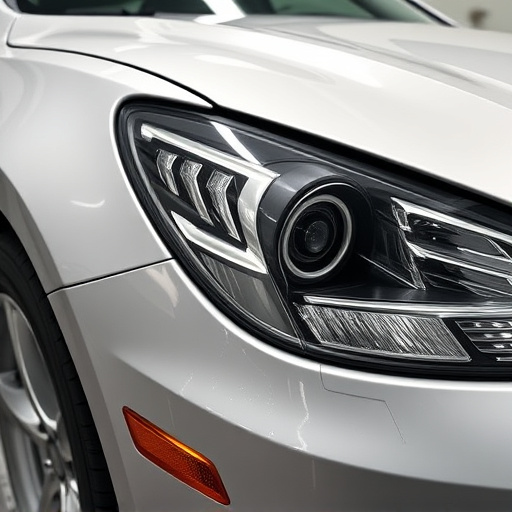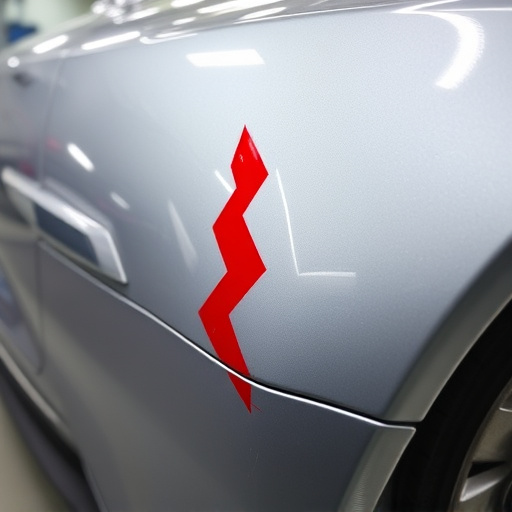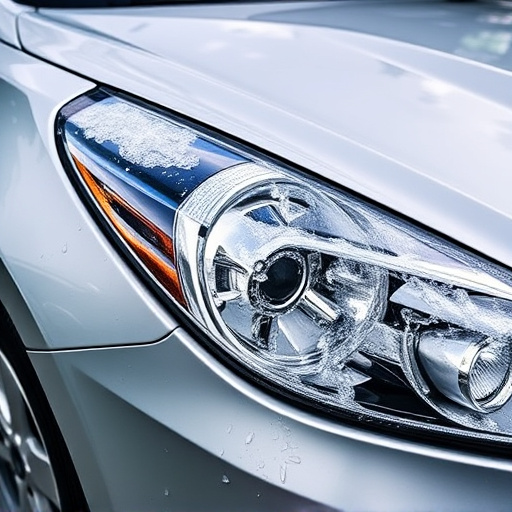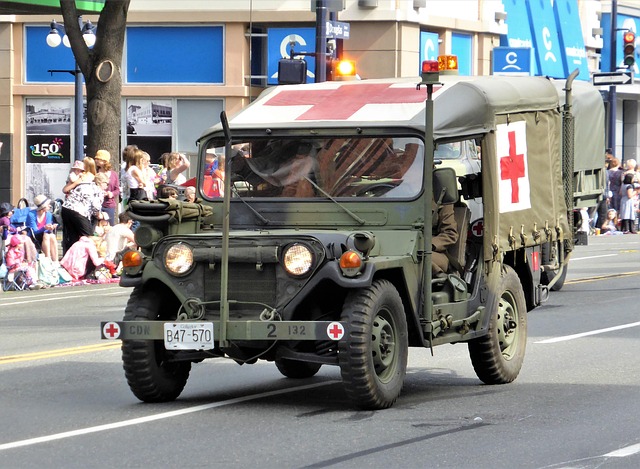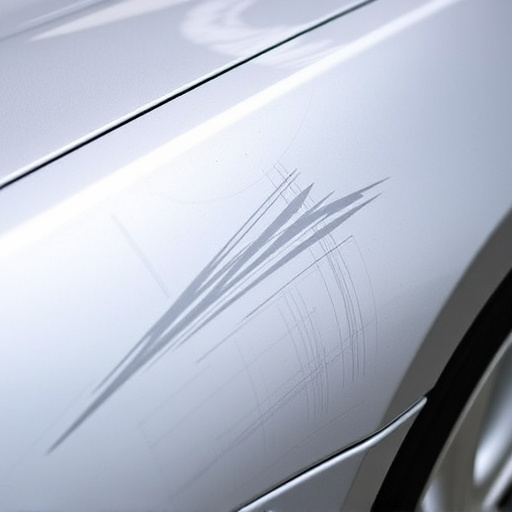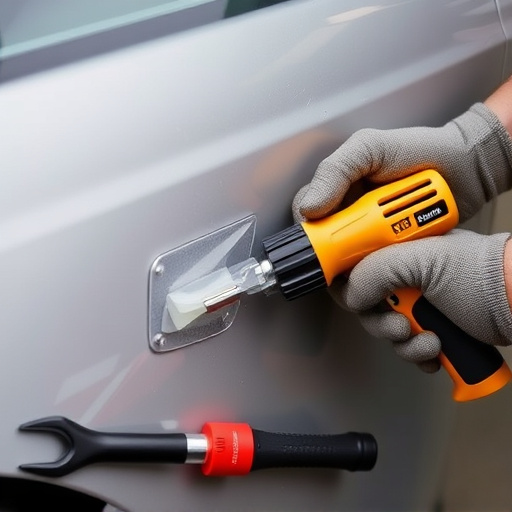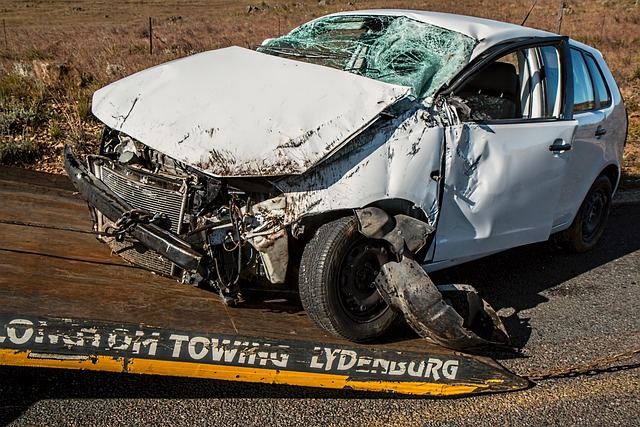Vehicle frame inspection is crucial after accidents to uncover structural damages like bent metal and hidden cracks. Auto experts use advanced technologies to detect misalignments, ensuring safety and guiding cost-effective repairs, including dent removal and frame replacement. After meticulous inspection, robotic welding and CAD systems restore structural integrity with accurate straightening and high-quality painting.
After a collision, understanding and addressing frame straightening needs is crucial. This comprehensive guide explores the essential role of vehicle frame inspection in identifying common damage types. We delve into how professional inspections detect subtle yet critical issues. Furthermore, we highlight effective straightening techniques to ensure optimal results, emphasizing the importance of proper procedures for safe and reliable vehicle restoration.
- Understanding Common Frame Damage After Accidents
- The Role of Vehicle Frame Inspection in Detection
- Effective Straightening Techniques for Optimal Results
Understanding Common Frame Damage After Accidents

After a vehicle frame inspection, it’s crucial to understand the common types of frame damage that can occur during accidents. Often, collisions lead to various deformities in the car’s structure, such as bent or twisted metal, misaligned components, and even broken frames. These damages can go beyond what meets the eye; hidden dents, cracks, and warps may require professional detection.
During inspections, auto repair experts look for signs of impact, including uneven paint jobs, displaced body panels, and misaligned wheels. These indicators often point to structural issues that demand attention before a vehicle is considered roadworthy again. Repairs can involve dent repair, metal straightening, and sometimes even complete frame replacement, depending on the severity of the damage, all part of comprehensive auto repair services aimed at ensuring safe driving conditions.
The Role of Vehicle Frame Inspection in Detection

Vehicle frame inspection plays a pivotal role in detecting structural integrity issues that may have occurred due to accidents or normal wear and tear. It acts as a diagnostic tool, enabling professionals to uncover hidden damage not readily apparent during visual inspections. By utilizing advanced technology such as laser scanners and 3D imaging, these inspections can pinpoint precisely where the frame has bent, twisted, or deformed. This early detection is crucial for preventing further complications, as even minor misalignments can lead to more severe structural problems over time.
Beyond ensuring safety, regular vehicle frame inspections facilitate cost-effective solutions like auto body repairs and car dent removal. By identifying issues early, owners can avoid extensive and expensive repairs that might be necessary if damage goes unchecked. This proactive approach not only saves money but also ensures the vehicle retains its structural integrity and overall value.
Effective Straightening Techniques for Optimal Results

After a thorough vehicle frame inspection, it’s crucial to employ effective straightening techniques for optimal results. Advanced methods such as robotic welding and computer-aided design (CAD) systems have revolutionized vehicle collision repair, ensuring precise alignments and structurally sound frames. These technologies allow technicians to accurately identify and address any misalignments or damage, restoring the vehicle’s structural integrity.
The process begins with meticulous disassembly, allowing for better access to hidden areas and subtle distortions. Once identified, bent or damaged components are carefully replaced or straightened using specialized tools. In many cases, auto painting is a subsequent step, where skilled painters use high-quality finishes to blend in repairs seamlessly, enhancing the overall aesthetics of the vehicle bodywork.
Following a thorough vehicle frame inspection, understanding common damage types and implementing effective straightening techniques are essential steps for achieving optimal results. By recognizing the significance of these processes, automotive professionals can ensure safety, enhance structural integrity, and restore vehicles to their pre-accident condition, ultimately catering to satisfied customers through meticulous craftsmanship.
